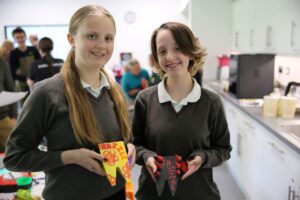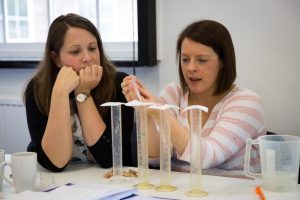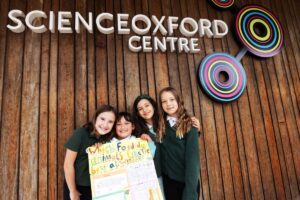Newton’s Apple Seeds: Celebrating International Science Centre Day
Thursday 10th November 2016
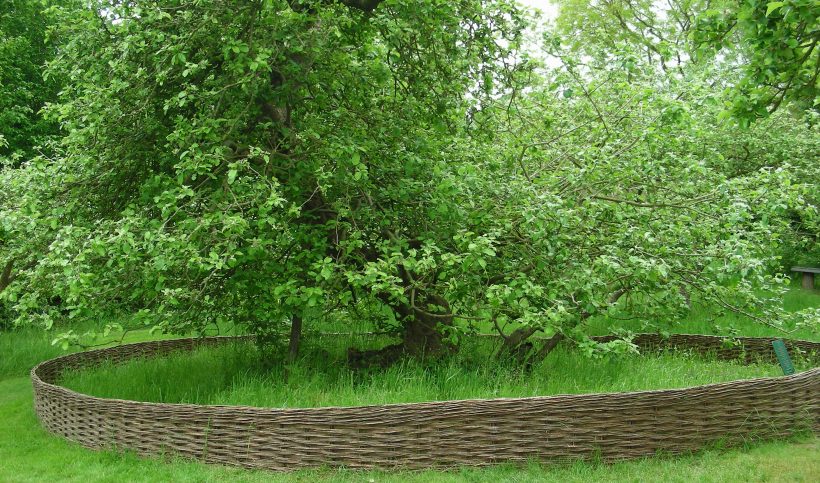
On the 10th November 2016 we’re celebrating the world’s first UNESCO-backed International Science Day and Science Oxford is the very proud recipient of an extra special celebratory gift.
Sir Isaac Newton was famously sitting under an apple tree, when a falling apple inspired his revolutionary theories about gravity. Today, seeds from that very same apple tree have been collected and are being sent to specially selected science centres and science museums all across the UK – including Science Oxford. We will be growing our very own Newton’s Apple Tree and sharing the science and the story with school children and the public for years to come.
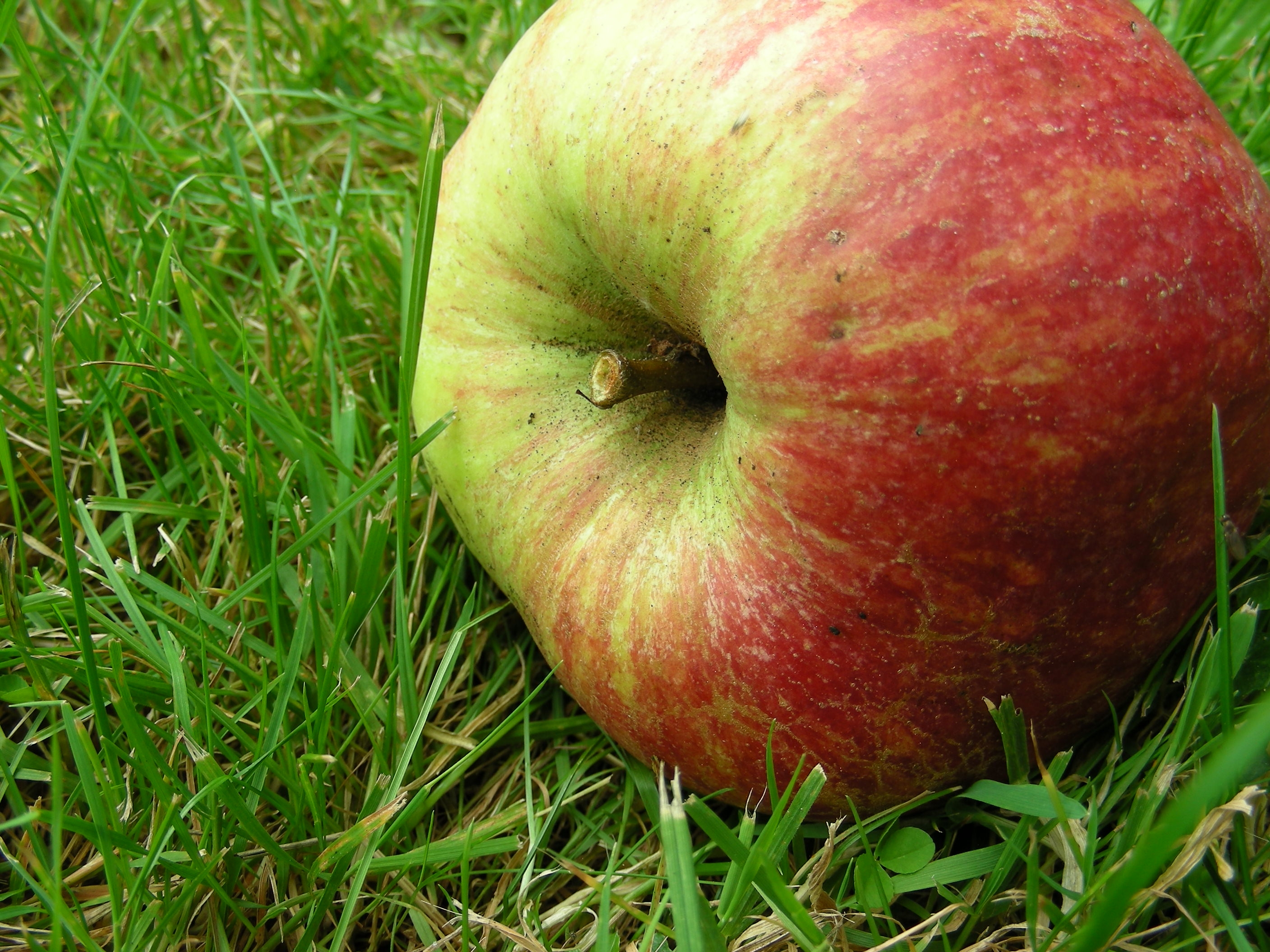
The apple pips have been donated by National Trust’s Woolsthorpe Manor in Lincolnshire, the birthplace and family home of Sir Isaac Newton.
Newton’s tree still flourishes in the orchard there and continues to inspire visitors from all across the world.
Bridget Holligan, Director of Education & Engagement at Science Oxford, says: “We are really excited to have the apple seeds and plan to nurture them into life in pots before planting the successful young tree or trees up in the woodland at our Stansfeld site in Headington. We have ambitious plans to build a new science education centre on the site and this would be a fantastic ‘show and tell’ for the primary schools who would be visiting us.”
Jannette Warrener, Operations Manager for Woolsthorpe Manor says: “Pips from the tree are currently in space on the International Space Centre, originally sent up with Tim Peake as part of his ‘Principia’ mission. They have certainly travelled far and wide!” says “I’m delighted to share apple pips with other amazing sites for science across the country and hope that the project will engage young people with the fascinating story of Newton. He truly shaped modern scientific thinking here at Woolsthorpe when he worked on his theory of gravity and also explored light and calculus.”
This project has been made possible through a partnership with The UK Association for Science and Discovery Centres (ASDC), the national charity that brings together the UK’s major science engagement organisations.

